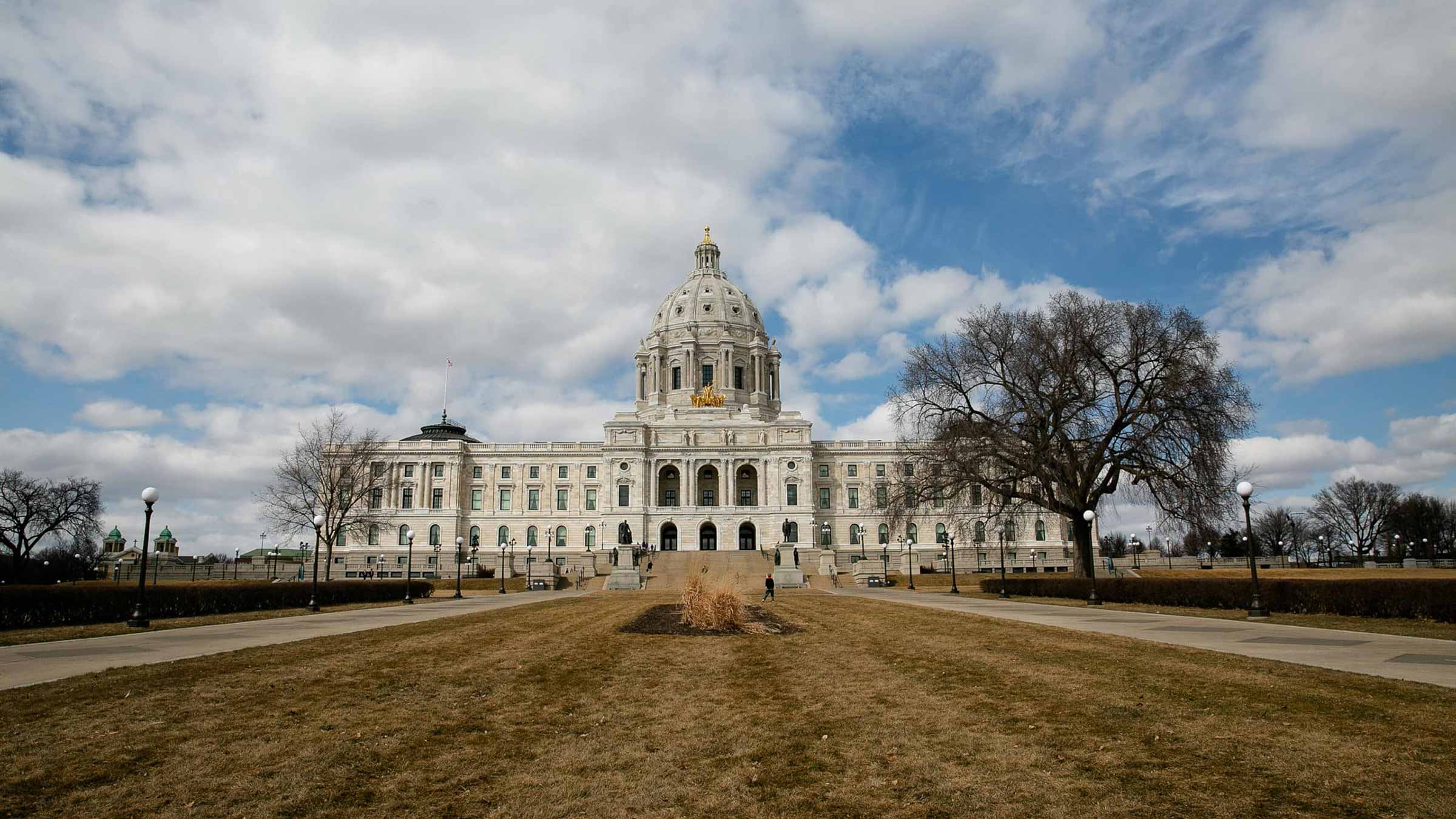
It has been understood for decades that the conventional Federal Poverty Guidelines misrepresent the financial hardship experienced by many Minnesotans. Established in the 1960s, the poverty threshold was calculated using the cost of food at the time and has not been updated to keep pace with the cost of living or allowed a nuanced understanding of how expenses change by geography and/or family size.
Those who earn less than the Federal Poverty Level are eligible for public assistance, but without updated guidelines or increased incomes, more and more Minnesotans are struggling to make ends meet. This has become an increasingly-noted experience of the growing middle class – many hardworking Minnesotans are living paycheck to paycheck, forced to make impossible decisions each month between paying rent or buying food, receiving medical care or paying for child care. Enter ALICE.
ALICE® stands for Asset Limited, Income Constrained, Employed, and it is a way of describing households that earn above the Federal Poverty Level but not enough to afford household basics in the communities where they live. We all know ALICE workers and rely on them every day: They are our neighbors, family and friends, our health care and child care providers, teachers, long-term care professionals, retail workers, cashiers, and many others.
In 2009, United Way of Northern New Jersey started United for ALICE as a way to measure financial hardship in families who struggle to afford basic needs but are often missing from traditional data demonstrating poverty and need. ALICE data is now available in 28 states, where partners convene, advocate, and innovate for ALICE in their communities. At the urging and support of United Ways across our state, Greater Twin Cities United Way and United Ways of Minnesota launched ALICE on September 10, 2024 with the release of our report, “ALICE in Minnesota: A Study of Financial Hardship.”
United for ALICE researchers worked with a Minnesota research advisory committee composed of experts from across the state to create the report. The inaugural Minnesota ALICE data highlights the Minnesota households that work hard but face real hurdles in being able to get ahead. According to the Federal Poverty Level, 10 percent of households in Minnesota were in poverty in 2022 – yet ALICE data shows that another 26 percent, more than twice as many, were ALICE, earning above the Federal Poverty Level but not enough to afford the basics. This means 36 percent of Minnesota households were unable to meet their basic needs.
In 2022, the cost of household basics (housing, child care, food, transportation, health care, and technology) plus taxes was $26,712 for a single adult and $77,304 for a family of four with two adults, an infant, and a preschooler — much higher than the Federal Poverty Level of $13,590 for an individual and $27,750 for a family of four. This means for those who earn more than the Federal Poverty Level yet less than the cost of living, they do not have enough income to cover their basic needs. Costs of living also varied widely by county in Minnesota: The survival budget for a family of four was lowest at $69,636 per year in Wilkin County and highest at $103,152 per year in Washington County.
Households below the ALICE threshold exist across all demographic groups in Minnesota. However, systemic racism, ageism, gender discrimination, and geographic barriers disproportionately affect certain groups, limiting their access to resources and opportunities for financial stability. In 2022, 60 percent of Black and 45 percent of Hispanic households in Minnesota were ALICE, compared to 34 percent of white households. Additionally, from 2010 to 2022, people age 65 and older represented the fastest-growing demographic in Minnesota, experiencing a 44 percent increase in the number of households facing financial difficulties.
This snapshot of Minnesota ALICE households in 2022 provides Greater Twin Cities United Way and United Ways of Minnesota, nonprofit partners, community leaders, and legislators with tools and resources to help support ALICE households in our state. We will be bringing together stakeholders from across the state to share new ideas, policy innovations and best practices to help ALICE. We believe that collectively, we can use ALICE data to advocate for changes to improve the financial stability of ALICE families and their communities.